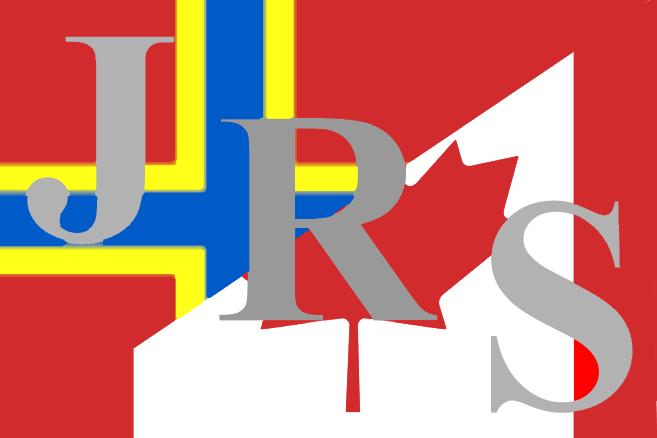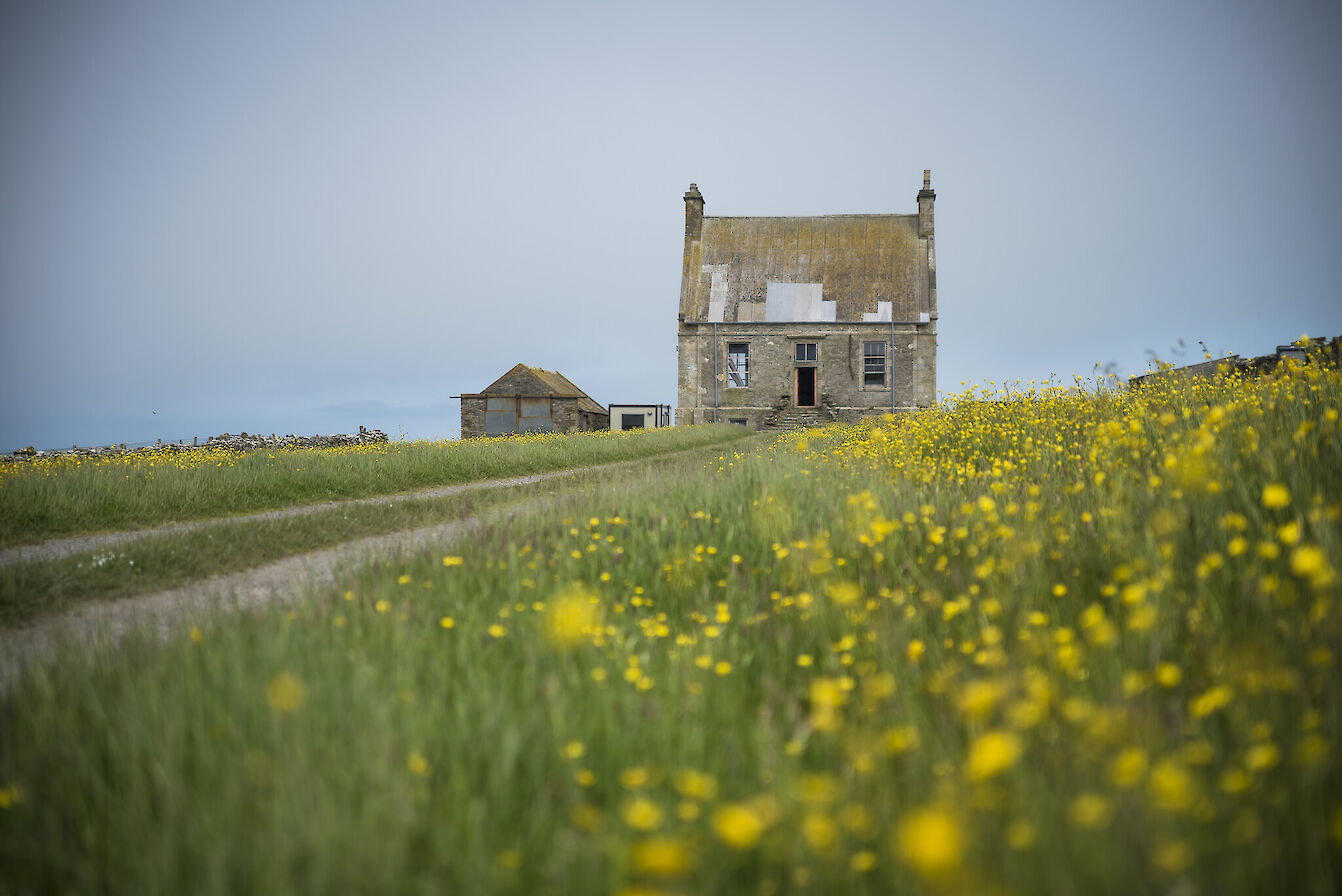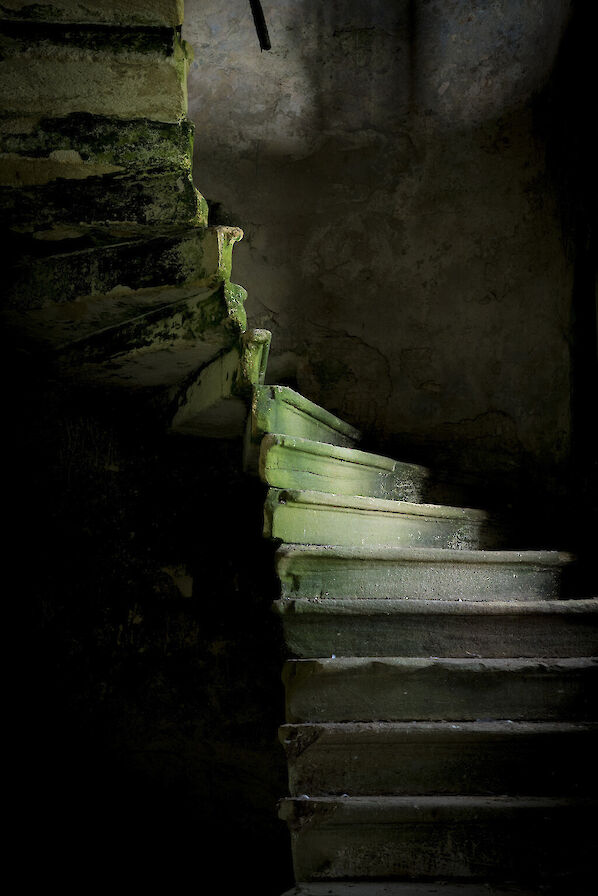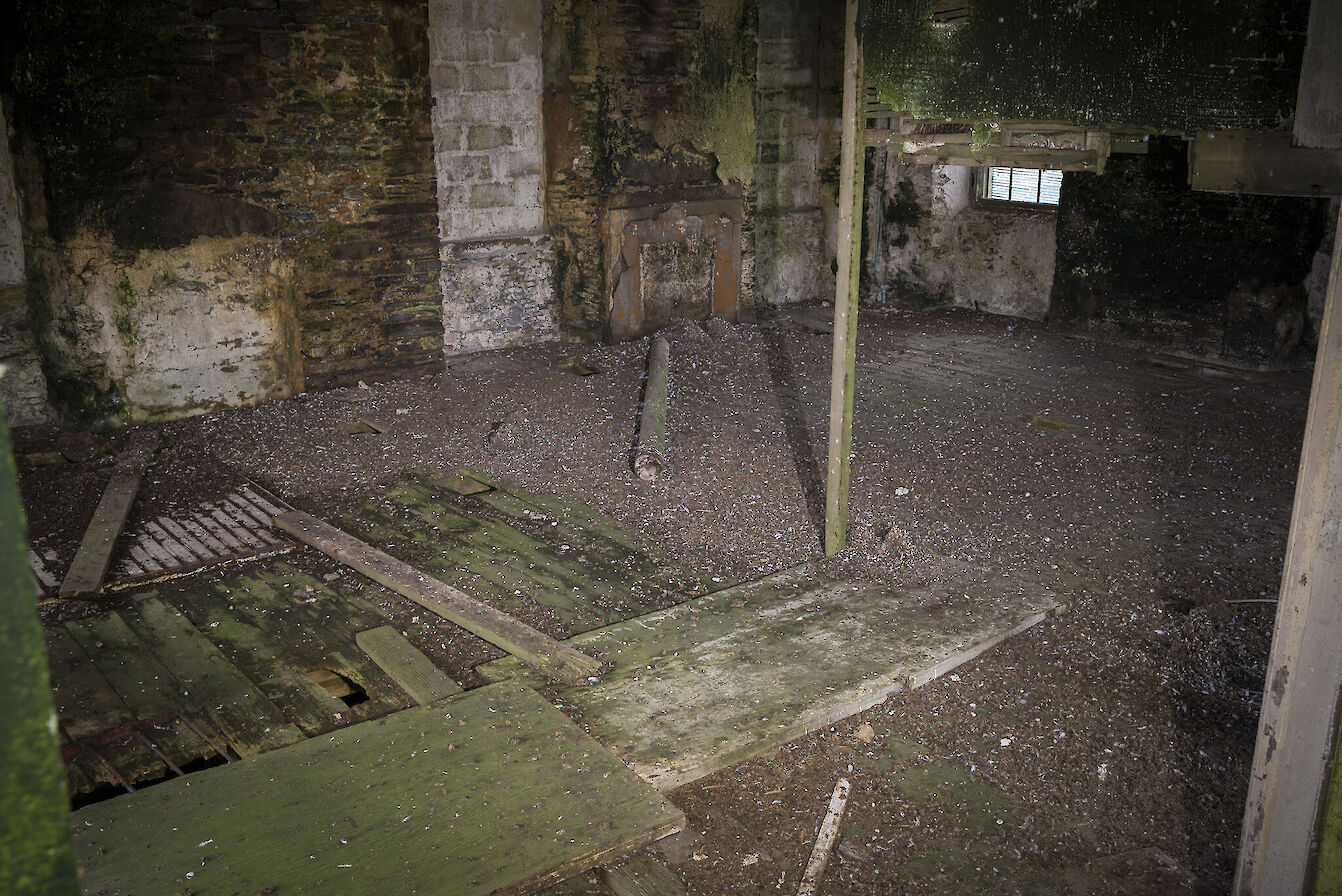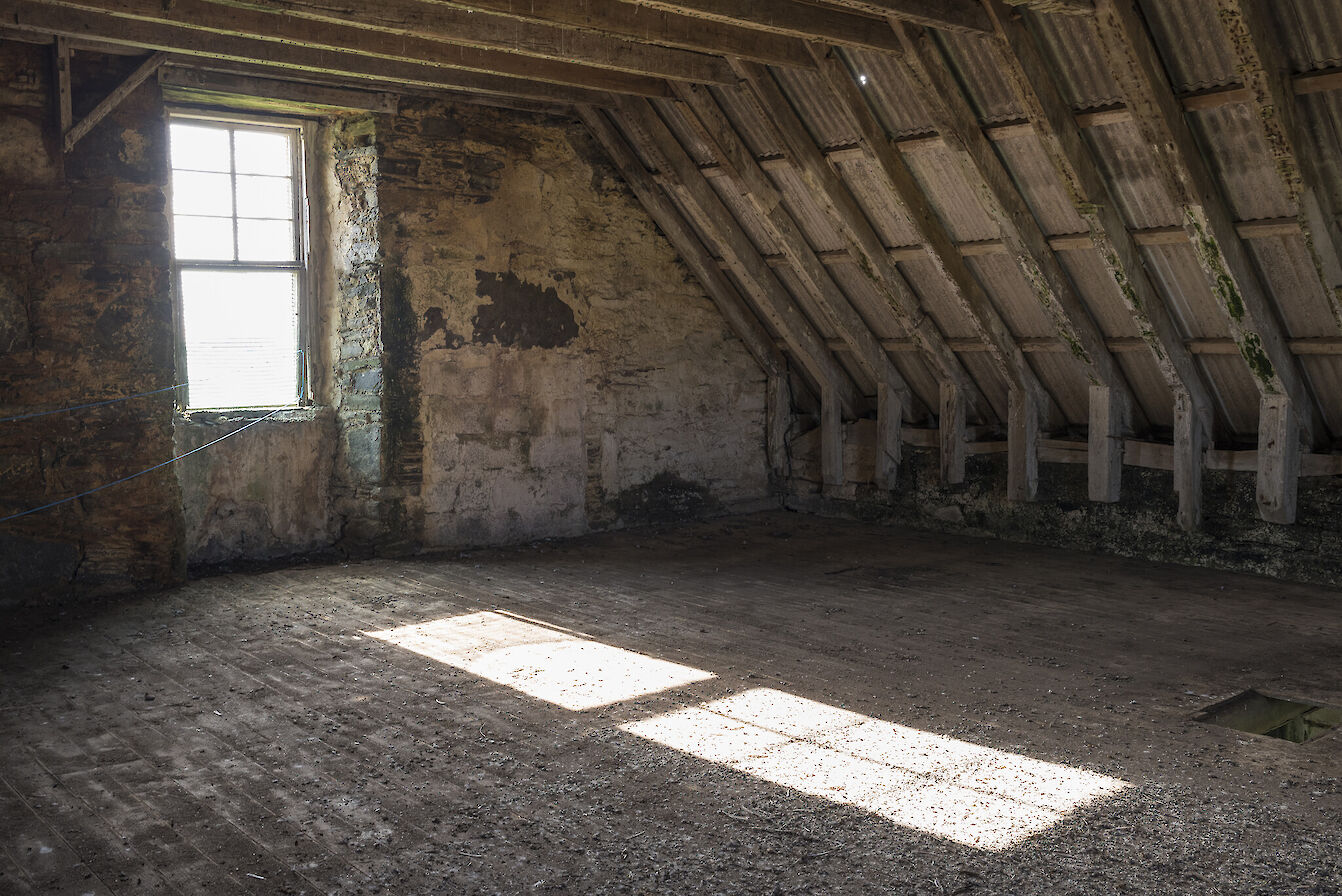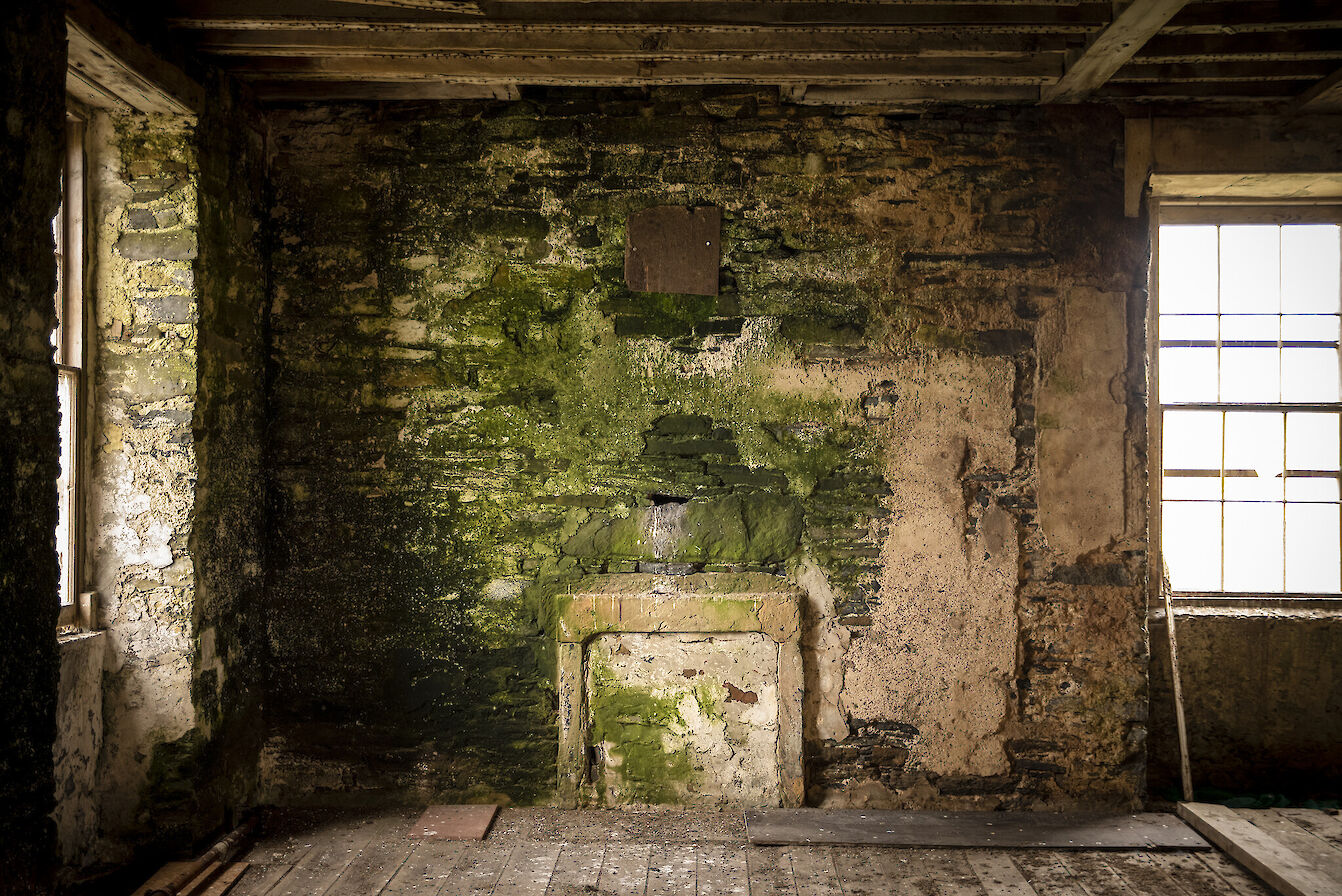Hall of Clestrain
Orphir
Orkney
KW16 3HB
Birthplace of the famous Arctic explorer, John Rae, who discovered the final link in the Northwest Passage and uncovered the harrowing fate of the 1845 Franklin Expedition.
Built in 1769, the Hall of Clestrain was originally home to Patrick Honeyman of Graemsay. In the early 1800's, Patrick's predecessor, Sir William Honeyman, who owned property throughout Scotland, decided to move his affairs further south. As part of this move, Sir William Honeyman appointed a factor, John Rae senior, to look after his assets at the Hall of Clestrain while he was gone. One of the benefits of this position was that the factor could stay in the house, so John Rae senior moved into the Hall of Clestrain with his wife, Margaret. It was here on the 30th of September 1813 that John Rae junior was born.
John Rae junior went on to live an incredible life; from qualifying as a surgeon at the age of nineteen to mapping hundreds of miles of Arctic coastline. However, his most memorable achievement was his discovery of the final navigable link in the Northwest Passage - an enigma that had stumped explorers and The Royal Navy for over a century.
After the Rae family, the Hall of Clestrain changed hands a number of times and in 1952, while owned and occupied by the Craigie family, a storm blew the roof off the building and they were forced to abandon the house and move to a house nearby. The Hall of Clestrain spent its later years housing farm livestock and slowly deteriorating.
In 2016, the John Rae Society purchased the Hall of Clestrain and are currently working on restoring it to its original state during John Rae's life.
The exterior of the Hall of Clestrain is free to walk around. Tours of the interior are also free of charge but need to be made in advance by contacting the John Rae Society.
